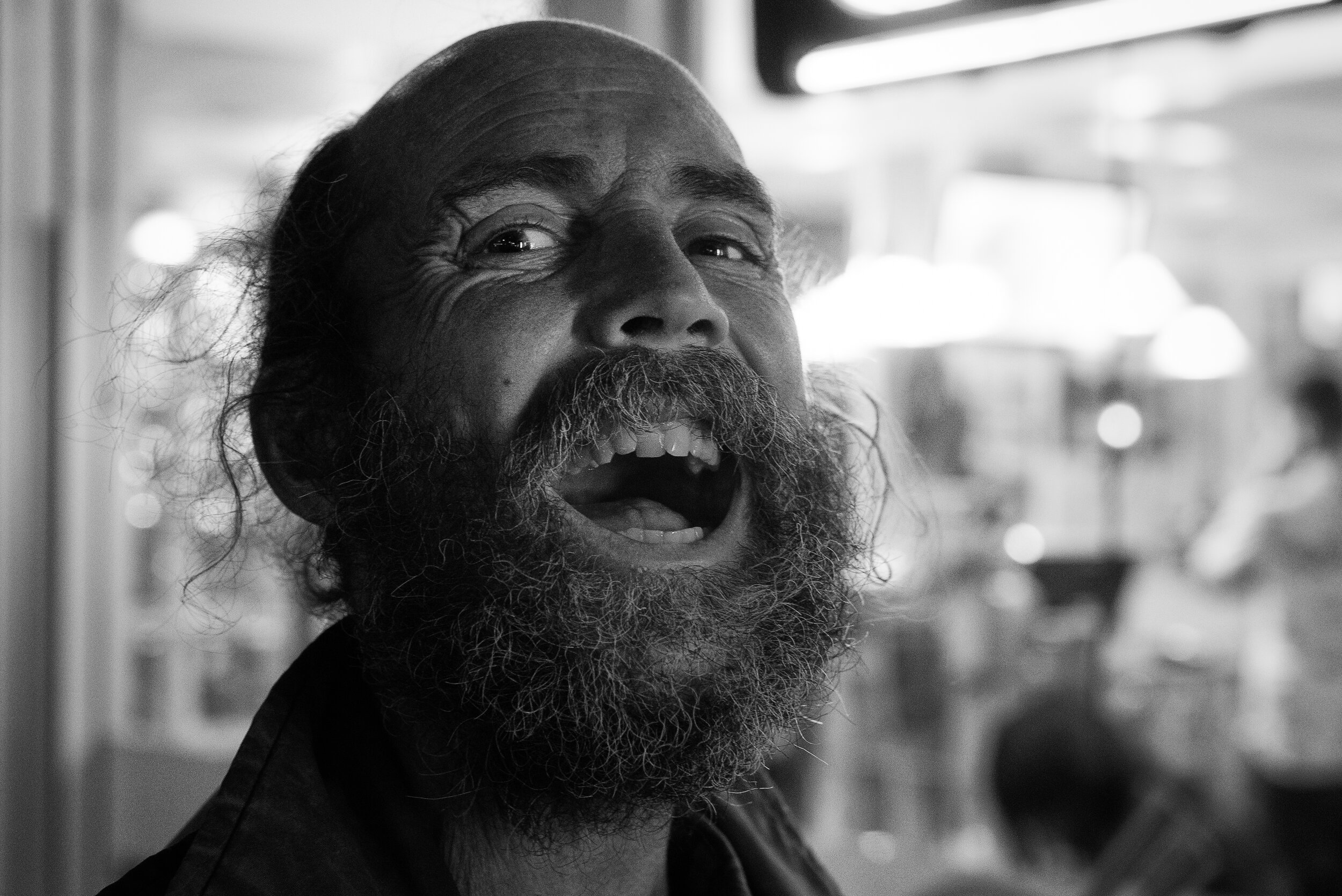
And there we were... at the sacred tobacco farm where the famous and sometimes infamous Cuban tobacco was grown, dried, hand cut and later rolled into cigars that some call, “Sweeter than candy.”
He was confined to a wheelchair with only one leg while the other was swollen in the heat and humidity of Cuban air.
In Havana, you will find that a taxi driver lives in the same building as a doctor. Perhaps someone who works law enforcement lives next door to a grounds keeper? A scientist lives in the same building as a teacher – and so on.
Cubans are smart, very smart. According to "The Fact Life," Cuba has one of the highest literacy rates in the world at 99.8%.
Cuba has around 37,800 miles of roads. Of that number, close to 20,000 miles are unpaved. That said, some downtown streets may have been paved 40 years ago and not touched since. So, what maybe a paved route, could easily feel and look unpaved.
Viñales Valley was designated as a World Heritage Site in 1999 and is protected by the Cuban Government as a National Park. Due to the area being a World Heritage Site, it is also protected by the United Nations with an international treaty.
Animals of all sizes walk where they want to walk. From the nicer restaurants in town where you find dogs inside, to the mom and pop locations in the farmland - animals are everywhere.
The late Fidel Castro banned imports of vehicles in 1959. Cuba doesn't have an auto manufacturer, so the cars that were imported in the 50's were there to stay. The communist leader also banned the import of car parts, according to the "Independent UK Newspaper."
The sun falling on downtown Havana showed the true Cuban dream of success had washed away into the Caribbean years ago. An area that was alive with music, families and more in the 1940's and 50's is decaying as if it was struck by a curse in 2000's.
Taxi drivers in Cuba are the most open when they talk about the dream of travel. Why? Because they meet travelers from around the world daily.
Every once in a while I came across that picture perfect setting that highlighted what Havana, Cuba once looked like in the 1940's.
Cuba at 9:30 PM Eastern Time: The capital of Havana is only a whisper outside on a Thursday night, other than a few passing cars. As you walk into one of the many apartment buildings you hear kids playing in one unit and as you continue down the florescent lit hallway, you hear the sound of a small yelping dog.
Hours passed as he sat on the curb of a Cuban hotel in downtown Havana strumming his ukulele. As the hours went by he would get up and pour some of his water bottle on the plants directly behind him, one by one.
You hear songs talking about Havana and you may watch old movies make mention of the romantic capital of Cuba - so you would think it is just that... beautiful.
If one were to read the basic statistics of Cuba, one might be led to believe it is a peaceful place to live filled with freedoms. For example, the unemployment rate is a low 1.7%. Residents have the joy of seeing beautiful tropical views daily and the cars… Most are 1950’s daily drivers that are fun to look at and fun to own.

JANUARY 2018: The dark night made the neon lights appear brighter as the prostitutes, the alcoholics and tourists slowly mixed with one another like a Sunday crowd mixing in church never staring too long.
In the West Coast area, much like New York on the East, thousands of homeless live in the underground tunnels of the city they call home. The tunnels were made to transport flood waters away from the population to prevent death and destruction. However, the same tunnels used to prevent death can also cause death.

Dave Walker lives in his van in Murfreesboro, TN near Nashville. In this 10 minute he talks about some of the things he has seen or heard in the past 8 months.































